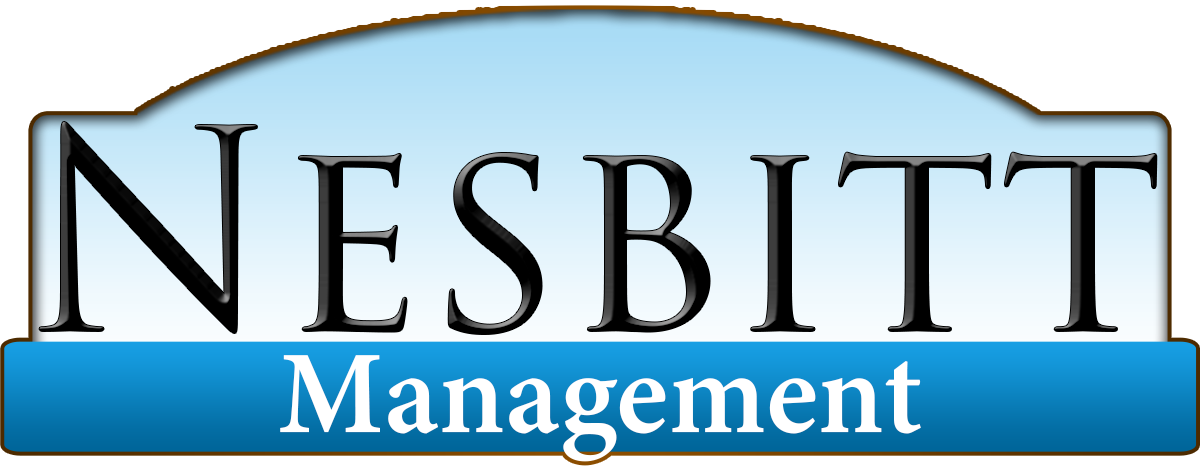Lease agreements are crucial documents in the property management industry, outlining the terms and conditions between landlords and tenants. Different types of lease agreements cater to varying needs and circumstances, each with its own set of advantages and potential drawbacks. Understanding these types can help property owners and managers select the most appropriate one for their properties and tenants.
1. Fixed-Term Lease
Description: A fixed-term lease is a rental agreement that lasts for a specified period, typically one year. The terms, including rent amount and duration, are fixed and cannot be changed until the lease expires.
Pros:
- Stability: Provides financial stability for both landlords and tenants, as the rent amount remains constant for the lease term.
- Predictability: Ensures the property is rented for a specific period, reducing vacancy risks.
- Legal Protection: Clearly defines the responsibilities and rights of both parties.
Cons:
- Inflexibility: Neither party can alter the terms or end the lease early without penalties.
- Commitment: Tenants must commit to the full lease term, which may be problematic if their circumstances change.
2. Month-to-Month Lease
Description: A month-to-month lease, or periodic tenancy, continues indefinitely until either party gives notice, typically 30 days, to terminate the agreement.
Pros:
- Flexibility: Offers greater flexibility for both landlords and tenants, allowing for easy termination or adjustment of terms.
- Adaptability: Useful for tenants who need short-term housing or landlords who anticipate property changes.
Cons:
- Instability: Higher risk of frequent tenant turnover, leading to potential vacancies and increased administrative work.
- Variable Rent: Landlords can adjust rent more frequently, which may deter long-term tenants.
3. Sublease Agreement
Description: A sublease agreement allows a tenant (the original lessee) to lease the property to another tenant (the sublessee) for a portion of the original lease term.
Pros:
- Flexibility for Tenants: Enables tenants to temporarily leave the property without breaking the lease.
- Continuous Income: Ensures the property remains occupied, providing continuous rental income for the original tenant and landlord.
Cons:
- Complexity: Adds complexity to the rental arrangement, requiring clear communication and legal documentation.
- Risk of Non-Payment: Original tenants remain responsible for rent, so if the sublessee fails to pay, the original tenant must cover the costs.
4. Commercial Lease
Description: Commercial leases are used for renting property for business purposes and can be structured in various ways, including gross leases, net leases, and percentage leases.
Pros:
- Customizable: Terms can be tailored to suit the specific needs of the business and landlord.
- Long-Term Stability: Often longer-term than residential leases, providing stability and predictable income for landlords.
Cons:
- Complexity: Typically more complex and require detailed negotiation and legal review.
- Higher Stakes: Involves higher financial commitments and potential for significant disputes if terms are not clearly defined.
5. Gross Lease
Description: In a gross lease, the tenant pays a fixed rent amount, and the landlord covers all property expenses, such as taxes, insurance, and maintenance.
Pros:
- Simplicity: Easier for tenants to budget, as they know their exact monthly rental cost.
- Landlord Control: Landlords retain control over property maintenance and expenses.
Cons:
- Higher Rent: Landlords may charge higher rent to cover their expenses.
- Potential for Disputes: Disagreements can arise if landlords fail to maintain the property adequately.
6. Net Lease
Description: A net lease requires the tenant to pay a portion or all of the property expenses, in addition to the base rent. There are three types: single net, double net, and triple net leases.
Pros:
- Lower Base Rent: Tenants may benefit from lower base rent since they cover additional expenses.
- Landlord Savings: Reduces the financial burden on landlords for property expenses.
Cons:
- Expense Uncertainty: Tenants must budget for variable expenses, which can fluctuate.
- Administrative Complexity: Requires detailed accounting to ensure expenses are accurately allocated and paid.
Case Study: Choosing the Right Lease Agreement
Consider a landlord, Jane, who owns a mixed-use property in Arlington, Virginia. She has both residential and commercial spaces to lease. For her residential units, Jane prefers fixed-term leases to ensure long-term occupancy and stable income. For the commercial units, she opts for net leases, allowing her tenants to handle their expenses while she focuses on providing a well-maintained property. Jane's strategy balances her desire for stability with the need to reduce her financial and administrative burdens.
Conclusion
Choosing the right lease agreement type is crucial for successful property management. Each type offers distinct advantages and challenges, making it essential to consider the specific needs and circumstances of both the landlord and the tenant. At Nesbitt Realty, we provide expert guidance to help you select and manage the most suitable lease agreements for your properties, ensuring a harmonious and profitable rental experience.
